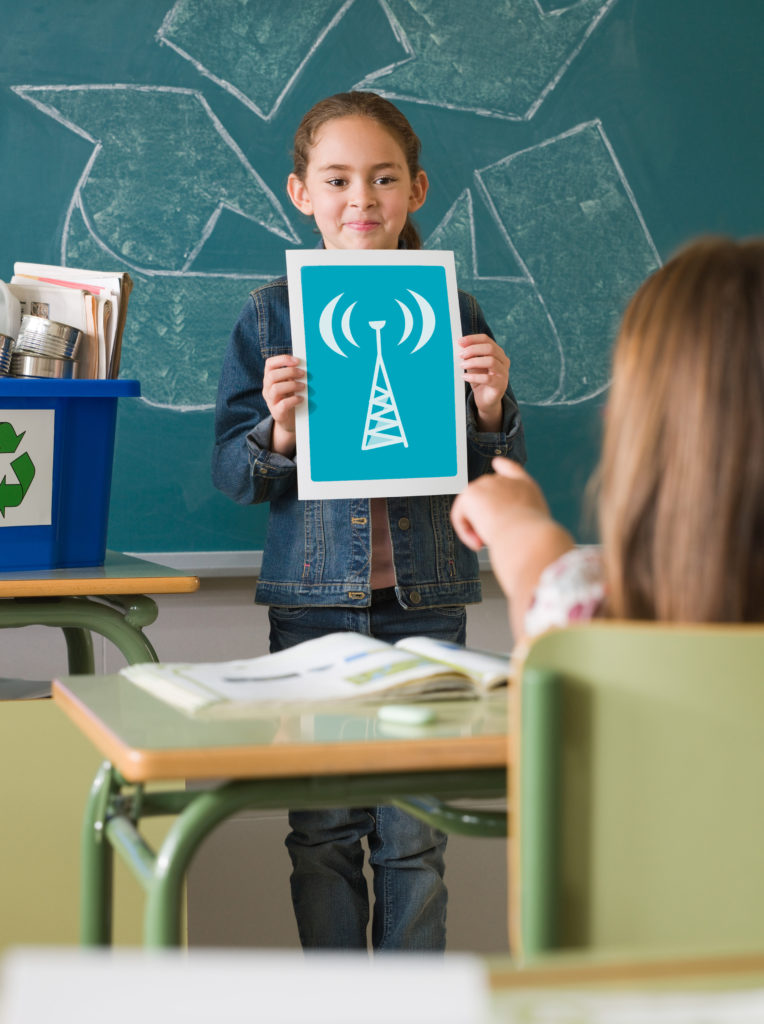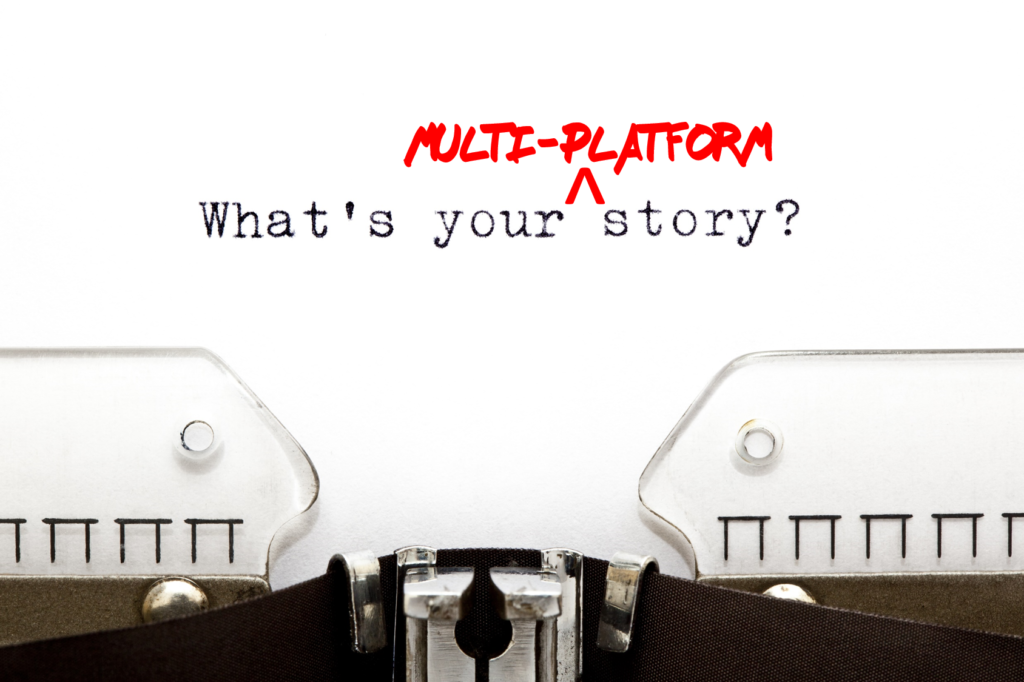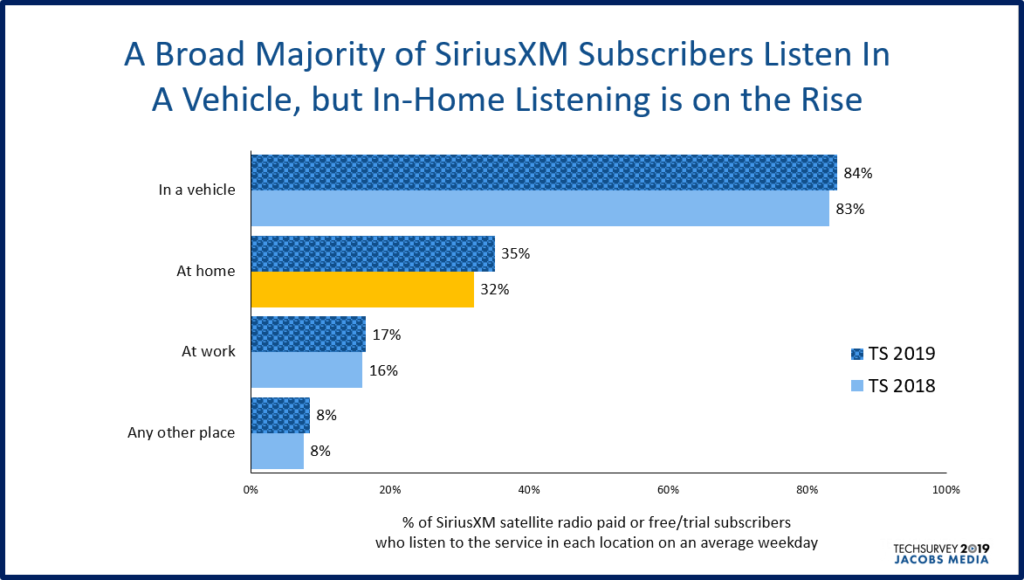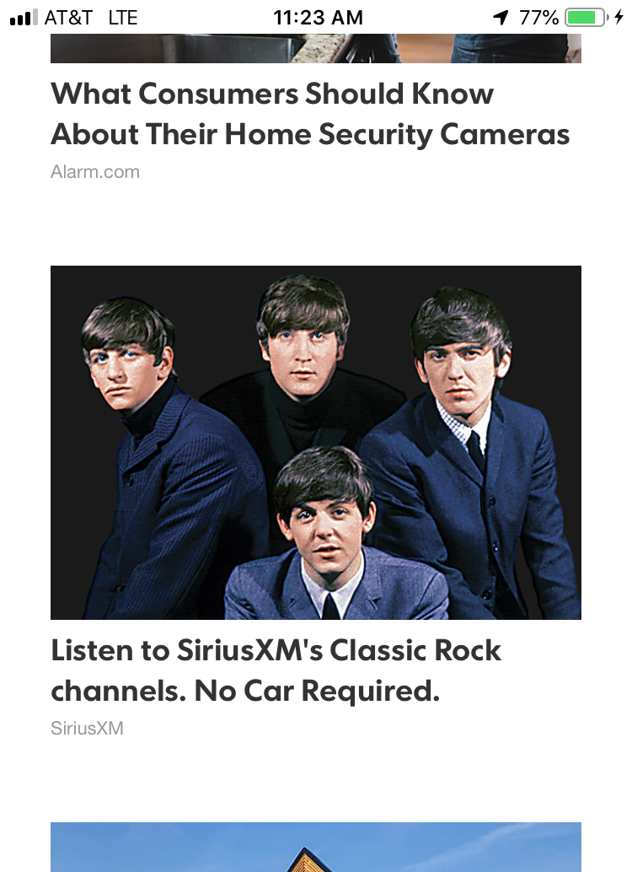
An oft-used phrase in radio circles these days is:
“We’ve got to do a better job telling our story.”
And usually, that means convincing advertisers of radio’s continued viability in the media marketplace – that radio continues to be a viable sales tool for local and national clients. Last week in Radio Ink, Saga’s Matt Nystrom laid out a rational case for why radio still should matter to marketers, leaning heavily on medium’s ability to foster long-term awareness and brand-building ability, rather than ensuring sales are strong for Memorial Day Weekend.
Matt pointed out the radio real-time power trumps attribution models that attempt to tie radio ads to audience response. In the process, Matt makes a solid argument for smart marketing over the long haul – something that advertising on radio (and other traditional media) has accomplished for decades.
But here’s the quote that jumped off the screen for me:
“The hard truth is that the radio industry has not done a good job telling our story and establishing our worth. We’ve allowed outsiders to brand us as old-fashioned, ineffective, and dying.”
He went on to explain how broadcasters need to “reclaim our reputation as the number one reach medium.”
But that’s not the only story radio is failing to tell. Many regular listeners – even its core fans – aren’t aware of all the ways stations have made it possible to enjoy their content.
You’re reading that right. Many don’t know your station has an app or publishes podcasts. Some are in the dark they can stream your station on computers, mobile phones, and tablets. Or they can now listen to radio stations on smart speakers. High numbers of people don’t know about your clever videos, your website features, or your social media activity. And these are your fans.
How do I know this? I see it every time I conduct focus and Listener Advisory Board Groups regularly. Too often, the alternative platforms on which broadcasters have made investments often go ignored, misunderstood, under-utilized, or under the radar.
Is it that radio does a poor job telling its “content and distribution story?” Or is is that radio would rather not encourage listeners to tune in its streams, podcasts, and other media?
I suspect it’s a combination of both, and varies by station and company. But few radio operators seem to be putting any emphasis on digital “show & tell” campaigns, ostensibly because they’d rather have tune-in take place on their broadcast frequencies – not their digital channels. Given the onerous costs of streaming, that’s understandable. Music royalties crippled Pandora (and others), while forcing Spotify to diversify into the podcast and spoken word arena.
So, while there may be some merit to the argument that to promote streaming for broadcast radio is a money suck, it has become counter-intuitive as more media brands offer their content on alternative platforms, while streaming continues to grow. The fact so many radio stations are now on multiple outlets is a strength, not something to downplay.
Not every brand should be a multi-media brand. If I’m the CMO for a home builder or dental practice or insurance company, I’m not sure it’s necessary to invest in producing streams, videos, podcasts, strong social media assets, and other content platforms.
But when you’re a media brand, first and foremost, it is becoming clear that multi-platform isn’t just a good idea – it’s table stakes. A look at the biggest players tells you all you need to know. Netflix was a distribution company, but now they make great content. Disney was the reverse – an amazing content and experience company – but now they’re into the distribution business.

Same with The New York Times and Wall Street Journal, NPR, cable news channels, the BBC, and so many others. They are leveraging their brand reputations to expand their reach, their influence, and ultimately, their profitability. And this isn’t an option – it’s an imperative.
As we discussed in last week’s post about Mack Trucks (of all brands) isn’t just embracing digital – they’re pinning their fortunes on it. They view digital not as a costly Albatross, but as an opportune way to modernize a traditional media brand.
They’re not the only one. Take SiriusXM for example. Now in most radio conversations, strategists are looking closely at Spotify, the frenetic podcasting activity, apps, and other new predators as “the enemy.”
But one player that has been slowly and methodically gaining ground on radio is its closest competitor – satellite radio. I am frequently asked why SiriusXM gains – at broadcast radio’s expense – when consumers buy or lease new cars equipped with connected car systems. Our Techsurveys clearly show that among broadcast radio listeners, SiriusXM is the biggest beneficiary.
But the car is not where SiriusXM’s efforts end. While many high-profile deals and partnerships were done in 2018, SiriusXM pulled off two of the most interesting. Their purchase of the flagging Pandora provides them with a streaming music play, as well as a strong presence on mobile phones – an area where satellite radio has not been strong.
Then they cut a deal with Amazon to make all their channels easily available on the Alexa platform. And that opened the front door of homes and offices to SiriusXM – arenas where they have virtually had no presence.
Here’s what this looks like, looking at trended data from Techsurveys 2018 and 2019:

That at-home bump has “Alexa” written all over it, and we’ll keep an eye on those workplace numbers.
But the larger point is that SiriusXM has wasted no time trumpeting these new listening outlets. A monitor of their music and spoken word channels produces a steady stream of promos for both the Amazon at-home listening piece, as well as the expanded music repertoire from Pandora. And that same language is very much a part of web advertising and other messaging they’re producing to ensure consumers know that satellite radio isn’t just an in-car medium.
SiriusXM uses their email database to get their new offerings out there. They are are also using web-ads to ensure their subscribers know about all the new ways to  listen, as well as content enhancements.
listen, as well as content enhancements.
You grow by improving your product offerings and expanding your distribution outlets. If broadcast radio operators think they can rest on their 92% laurels, they’re sadly mistaken. Embracing digital means more than checking off boxes when streams and apps are launched and podcasts are dropped.
To truly grow with digital platforms requires marketing efforts that encompass how, when, and where radio’s new story will be told. When critics assail radio for being “old school” at best, and passé at worst, they’re thinking of boom boxes, Walkmans, and other dated imagery part of an era gone by. Today’s radio may be rooted in frequency and amplitude modulation, but the listening options and content expansion are moving along faster than ever before.
So, it’s time for a little “Show & Tell,” that game we all learned to play so well as children – taking our story to an interested group, boiling it down, making it entertaining, and hoping everyone will want to take part.
Check your logs. Inventory your promos. Review your website and social media channels. Listen to how these multi-platform assets are being marketed.
Chances are, it’s nowhere near sufficient or effective.
Not everybody knows you can be accessed on Alexa. Many have no idea you’ve launched a podcast. And it’s easy to forget that when they’re out of range of your terrestrial signal, they can whip out their phones, tablets, or laptops and continue to listen on your app.
Show them.
Tell them.
- What To Do If Your Radio Station Goes Through A Midlife Crisis - April 25, 2025
- A 2020 Lesson?It Could All Be Gone In A Flash - April 24, 2025
- How AI Can Give Radio Personalities More…PERSONALITY - April 23, 2025




That was a lot of words. Good ones, but too many for this crowd. All you really had to do was post the caption for that pic at the top of the page of your average GM holding up a drawing of a radio tower, and the sales manager pointing to it saying, “I don’t know, what is that?”
True, but as you know, I’m verbose to a fault. Thanks for enjoying the photo.
Late to the party here I know.
I have always thought (and still do) that radio’s job isn’t telling its story, but telling its client’s stories. Wrong focus IMO. But if you insist otherwise, if you want to tell your story better, hire better story tellers.
Radio has lowered sales comp and insisted on really onerous non competes. Compared with most industries, radio offers less room for advancement (financial and responsibility), lower comp and no real competitive talent marketplace, because you have to move to get another job in media. You get what you pay for and you’re at the bottom of the pay barrel.
Last but not least. Almost no one disputes or cares about radio’s reach. The reach numbers aren’t in dispute, but their value is. Radio has traditionally been bought for its target-ability, not its broad reach. If there is a reach play for radio, its in making a documentable case for using it as a reach medium, not in marketing a number that is universally accepted and dismissed.